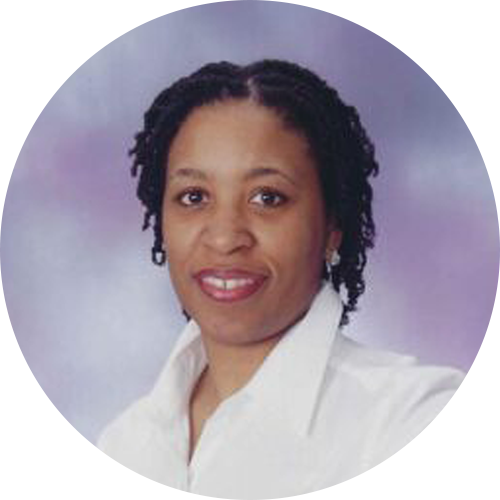Thursday, April 13, 2017
For Oral Cancer Awareness Month, Nursing for Women’s Health (NWH), a journal of the Association of Women’s Health, Obstetric and Neonatal Nurses (AWHONN), recently published an article highlighting the detrimental effects poor oral health can have on a woman’s health across the span of a lifetime including the risk of developing oral cancer. Julia Lange Kessler, DNP, CM, FACNM, the author of this article, describes how nurses, nurse practitioners, and nurse-midwives can incorporate oral cavity examination into their care, with specific instructions, to help prevent oral cancer and other oral health related problems. This article was supported through a corporate support agreement with Crest®.
Oral cancer is the sixth most common cancer globally, and the large majority of oral cancers are in an advanced stage at the time of detection, leading to approximately 10,000 deaths per year in the United States.
A former U.S. Surgeon General, David Satcher once described dental and oral diseases, such as oral cancer, a “silent epidemic.” The danger of oral cancer is that early growth can be painless and unnoticed by women, thus increasing the risk of development of secondary primary tumors.
What should nurses look for when determining if a patient is at risk of developing oral cancer? Signs of oral cancer are white lesions in a person’s mouth. If a nurse sees any white lesions in their patient’s mouth, it warrants a visit to a dental professional or ear, nose, and throat specialist to rule out cancer. High-risk areas for oral cancer include the hard and soft palate of the mouth. The tongue is also an area that is common for the development of precancer or cancer and is often missed during an oral examination
What can nurses and other health care providers do to fight this silent epidemic? Provide oral health examinations. Oral examinations are not painful or time consuming. Performing an oral health examination takes approximately 2 minutes and can be easily incorporated into the physical examination. It’s an examination of the head, ears, eyes, nose, and throat, commonly referred to as HEENT. The examination is conducted to determine the health status of the teeth and gums and to note any precancerous or cancerous lesions
Oral exams can also determine patients risk for:
- Periodontal (Gum) Disease
- Herpes
- Gingivitis
- Impetigo
- Angular cheilitis
- Nonhealing lesions that could indicate skin cancer
The mouth is the gateway to the human body and by recommending patients receive regular oral examinations, oral cancer, and other oral health problems, need not happen.
###
For media interviews, contact:
Mary Elizabeth Elkordy for AWHONN
(202) 261-2447
melkordy@awhonn.org
About Nursing for Women’s Health
Nursing for Women’s Health is a bimonthly refereed clinical practice journal of the Association of Women’s Health, Obstetric and Neonatal Nurses. The journal circulates to more than 25,000 nurses who care for women and newborns and is available online at http://nwhjournal.org
About AWHONN
Since 1969, the Association of Women’s Health, Obstetric and Neonatal Nurses (AWHONN) has been the foremost authority promoting the health of women and newborns and strengthening the nursing profession through the delivery of superior advocacy, research, education, and other professional and clinical resources. AWHONN represents the interests of 350,000 registered nurses working in women’s health, obstetric, and neonatal nursing across the United States. Learn more about AWHONN at www.awhonn.org.






















